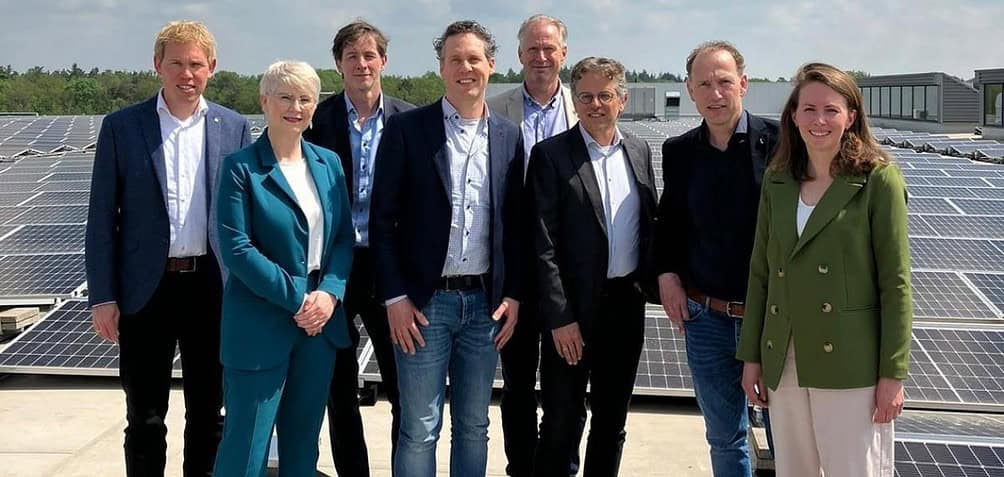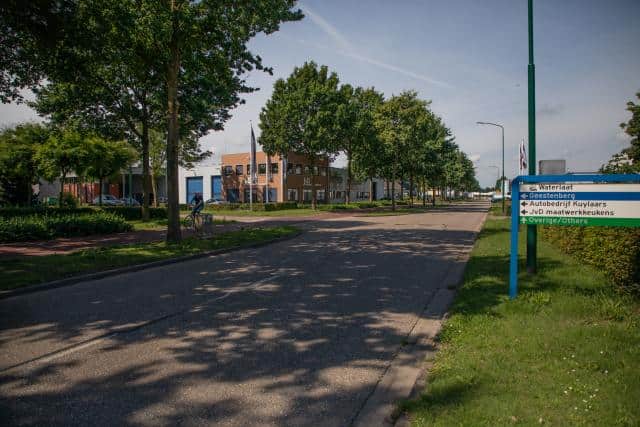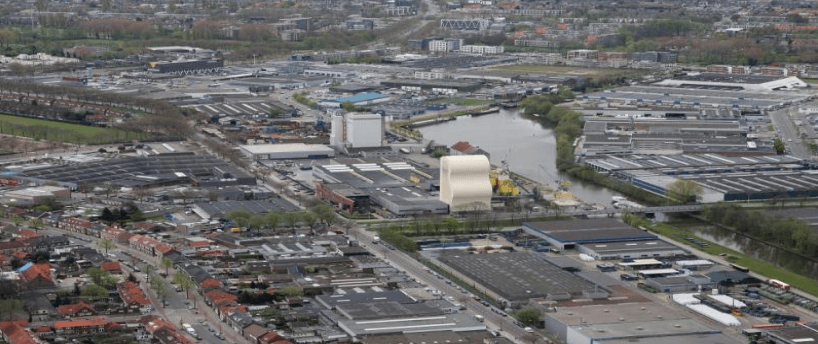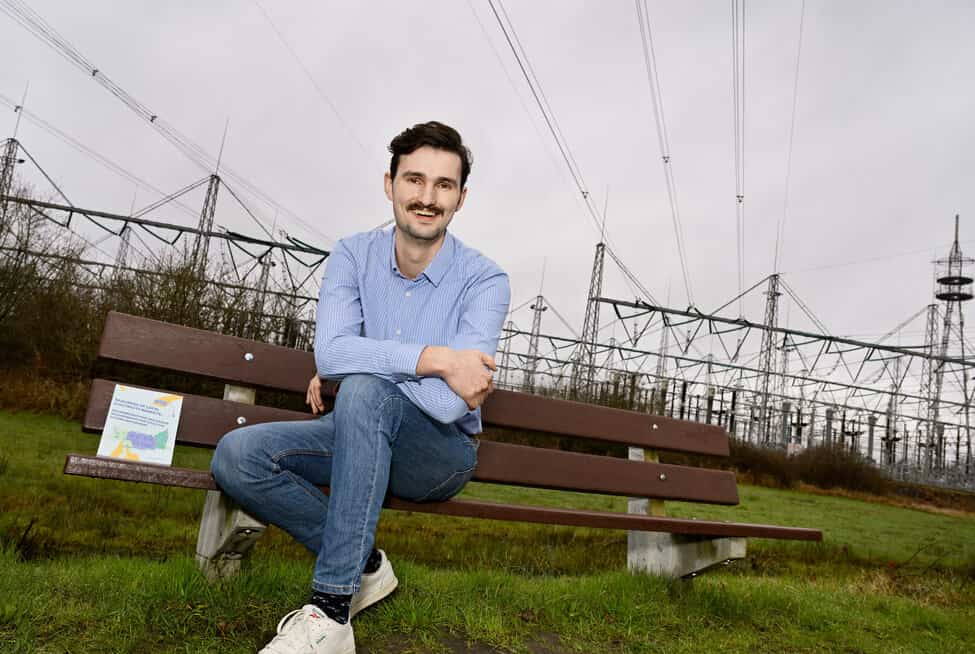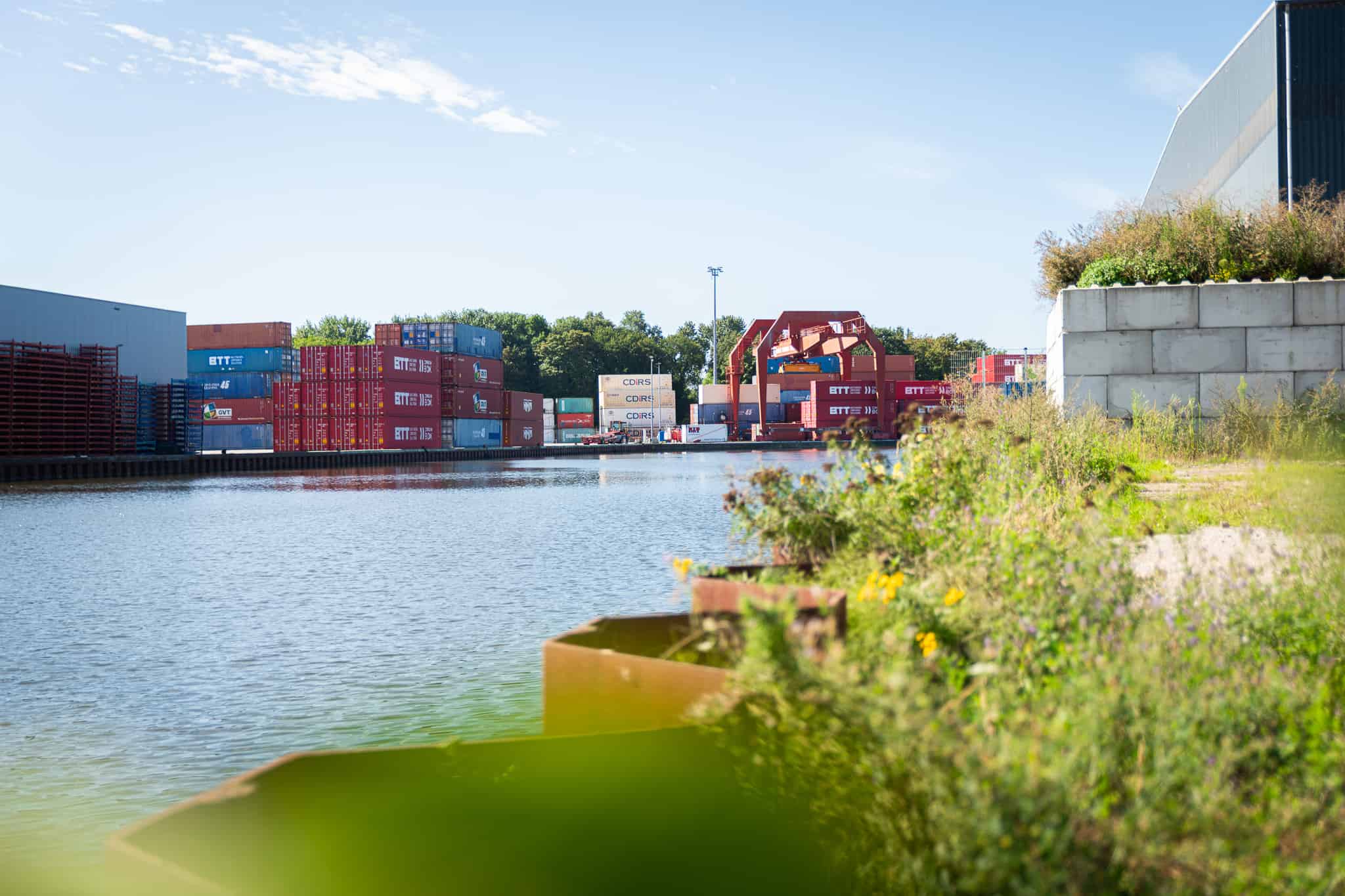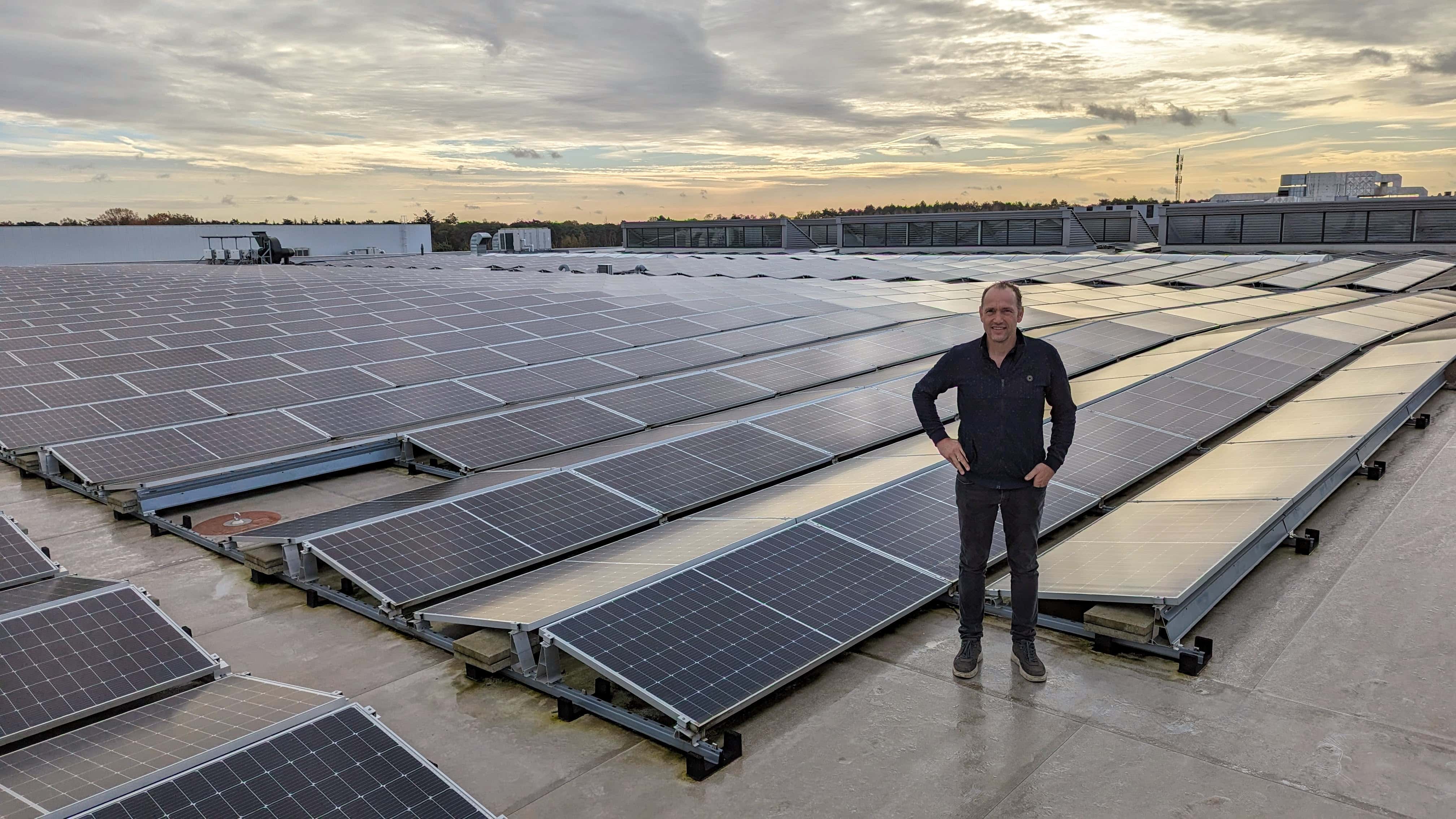
Eighteen companies at Hapert’s Kempisch Bedrijvenpark (KBP) will share energy among themselves as an immediate solution to the current congestion (congestion on the electricity grid). To this end, they have signed a cooperation agreement with Enexis. The energy hub is a pilot of Enexis, the municipality of Bladel, the Province of North Brabant, and the eighteen cooperating companies. This pilot aims for the entrepreneurs, including VDL Groep and VGI Groep, on the business park to organize their energy supply collectively based on sustainable energy sources.

A local energy system empowers the companies involved, making them less reliant on the limited capacity of the power grid. In this system, businesses have the autonomy to indicate their supply and demand for electricity. The system then efficiently regulates the distribution and payment of the requested electricity. An additional advantage is that local coupling of generation and use, as it will work at KBP, is the best solution for energy transition, as it alleviates the burden on the existing grid. This is the essence of an energy hub, a system that puts businesses in the driver’s seat of their energy consumption.
Marco van Geel, chairman of KBP and director of VGI Group, is one of the project’s catalysts. “I established my company at this Park and bought expensive land. Then, it soon became clear that I couldn’t get enough power. Since you’re an entrepreneur, you start looking at how that can be done. That is why I and the other parties involved have been working hard on this plan for an energy hub. For our Park, and therefore for me, this is a workable solution. We can all continue to grow and become more sustainable while no one is without power.”
Working together solution congestion
Councilwoman Hetty van der Hamsvoort says it’s all about the will to work together. “Government and entrepreneurs know how to find each other well. That is essential for this pilot to succeed. This way, we stimulate its technical and economic growth. In addition, as a municipality, we also have great ambitions in making business parks more sustainable and generating green energy.”
For Enexis, it is essential that at KBP, there will be space on the grid where there is currently none. Bram Gerrist, Director of Innovation: “It was not an easy technical and legal puzzle. The interests of the energy hub as a group, companies individually, and Enexis as grid operator had to come together.” It was a learning endeavor for the grid operator that provided a blueprint for the following energy hubs in the pipeline.
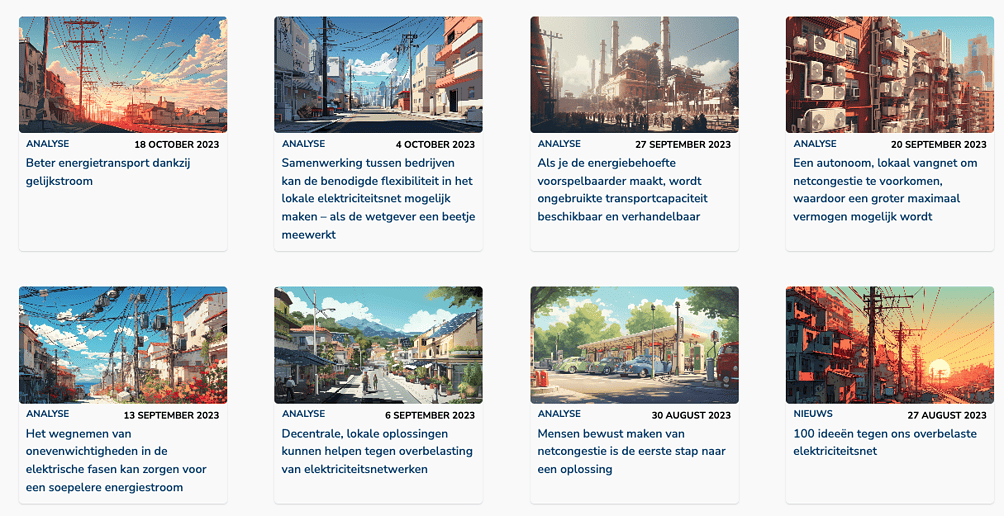
Pilot phase
A feasibility study of the concept and application of an energy hub for the business park started at the Kempisch Bedrijvenpark at the end of 2022. Firan, an infrastructure specialist in new energy, mapped out the energy profiles of the established companies in this first phase, together with grid operator Enexis and the companies involved. André Simonse, Business Developer at Firan: “This is a business park in development with a mix of established companies that want to grow further and companies that are yet to be established. Some companies have an energy surplus, and some have a shortage. In other words, all the companies have different energy needs.”
According to Simonse, the ideal mix for the energy hub consists of, on the one hand, energy consumption during the day and at night – for example, by charging electric trucks then – and energy production from solar, wind, and cogeneration. “This ideal mix allows us to provide the business park with (extra) energy throughout the seasons and all types of weather. To make an energy hub like this happen, companies need to be flexible, for a municipality to be entrepreneurial, and for the grid operator to dare to stick its neck out. In the case of the Kempen business park, this has all succeeded, which means that all parties are now getting off to a successful start.”
How does an energy hub work?
The cooperating companies unite in a cooperative, which receives a group transmission agreement from grid operator Enexis. The companies will share energy among themselves and better coordinate peak consumption moments. The cooperative will distribute the energy, coordinate needs, and share costs. In addition, the companies will add renewable energy from a yet-to-be-built wind turbine to the hub to increase overall capacity. The use of large-scale batteries for energy storage provides additional capacity during times of peak load. For situations when the sun, wind, Enexis’ electricity grid and batteries cannot provide enough energy, a cogeneration plant can be used.
